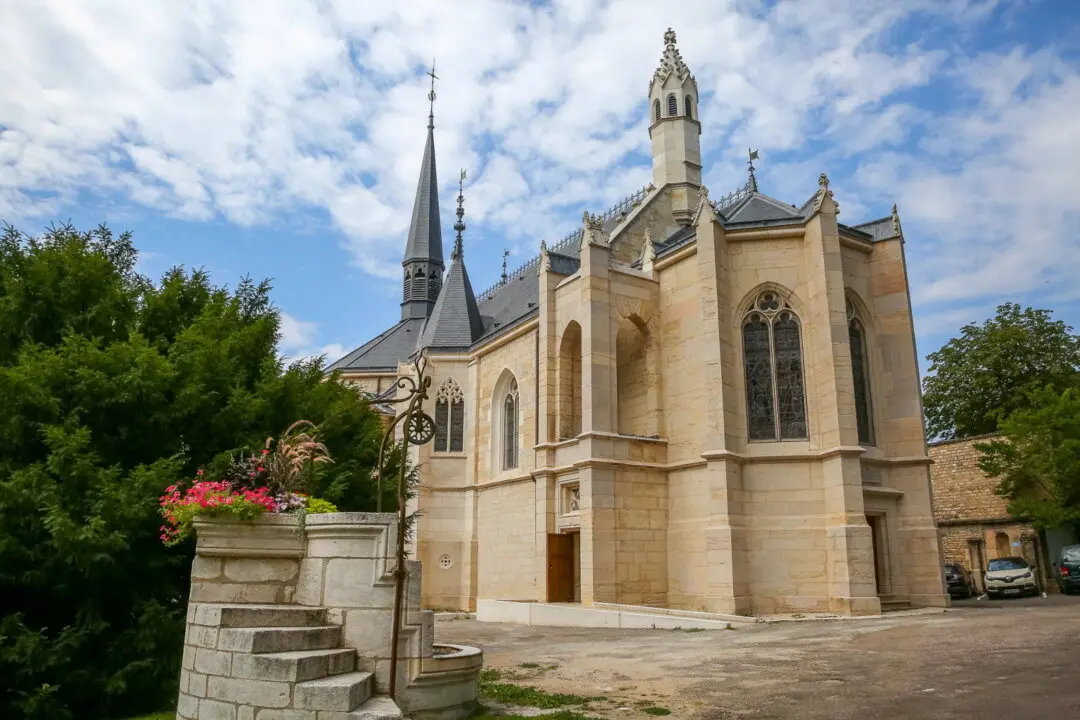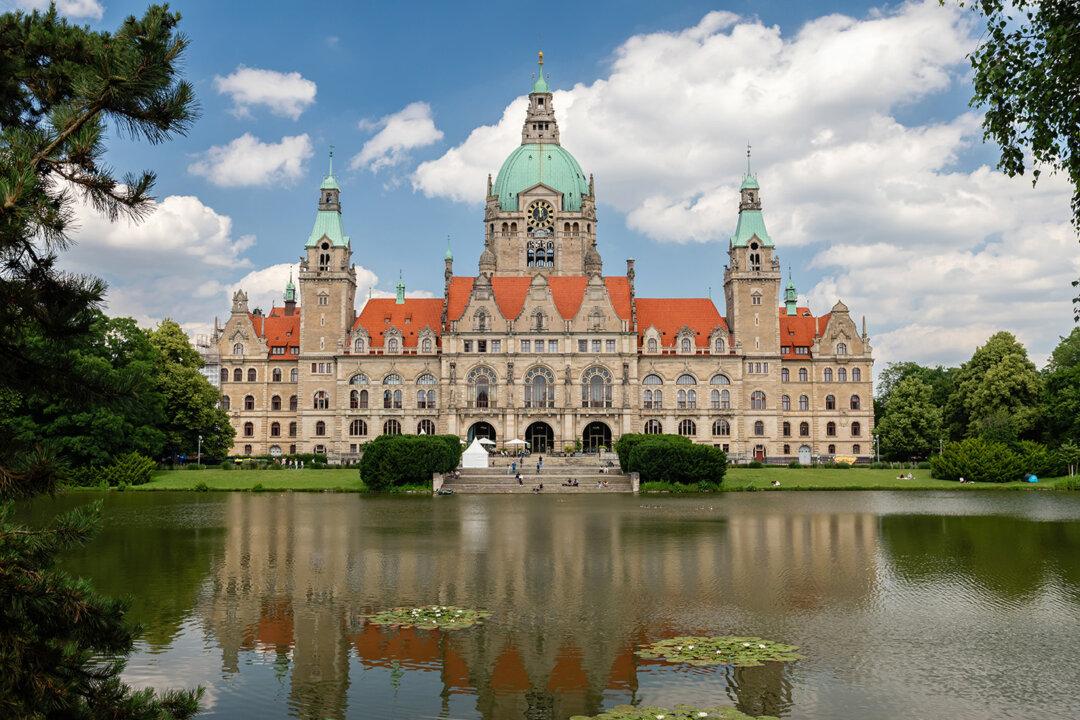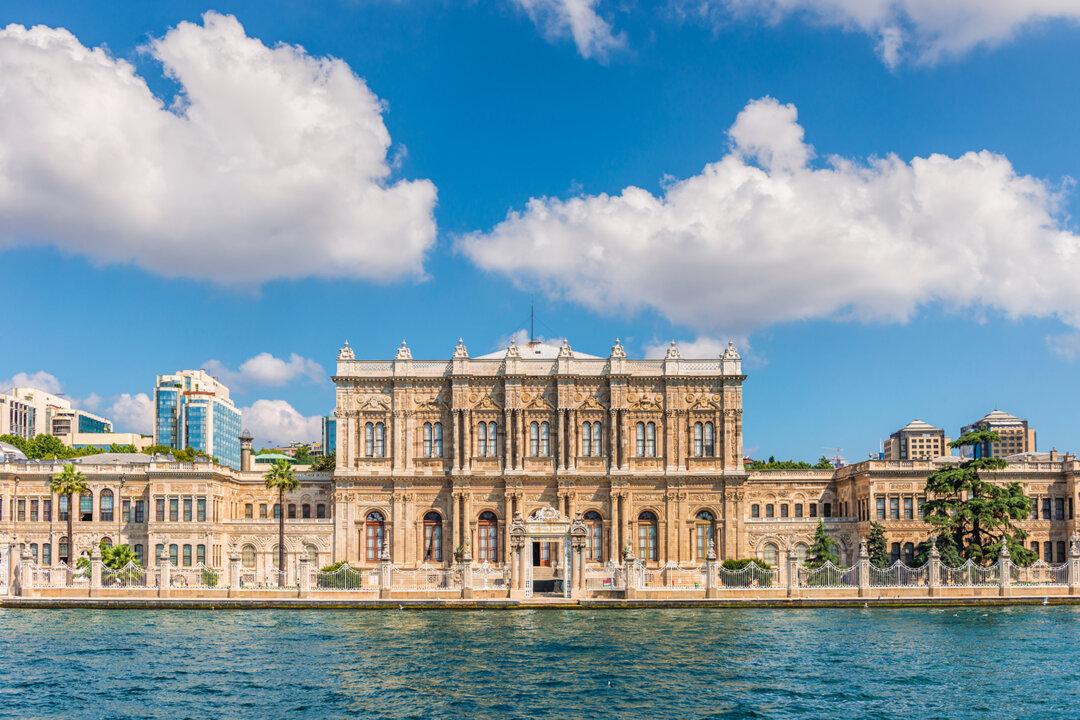In 1658, French colonists in the Canadian settlement of Beaupré, 25 miles from the rapidly expanding Québec City, set aside land for a new chapel. The chapel became a shrine housing a miraculous statue of St. Anne (the mother of the Virgin Mary). By 1676, the site was a popular place of pilgrimage and on the way to becoming home to one of Canada’s most remarkable works of ecclesial architecture: the Basilica of Sainte-Anne-de-Beaupré.
The basilica is reminiscent of some of the oldest cathedrals and abbeys in France. Originally dating from the 1600s and rebuilt many times, the structure was largely rebuilt in the Romanesque style following a 1922 fire. The cross-shaped design, rounded arches, radiating semicircular side chapels, and spire-topped towers reveal a foundational faithfulness to mostly Romanesque tradition.





